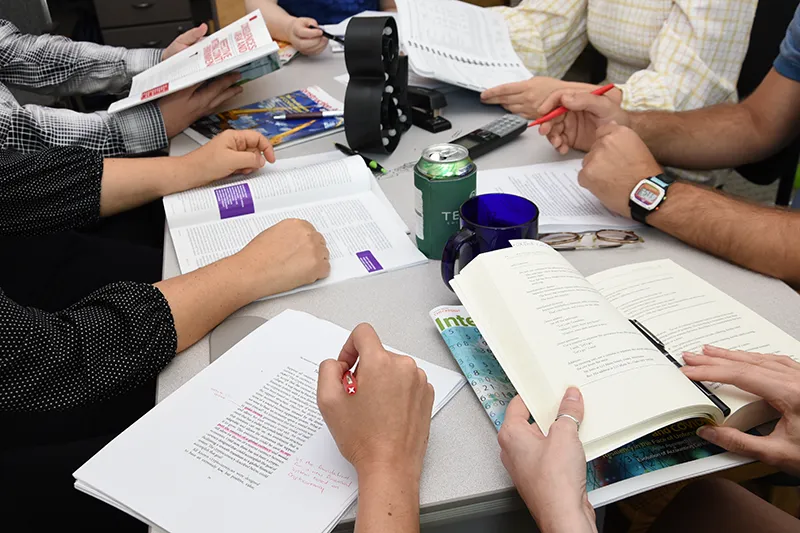If you’re not a technical expert, the terms “technical writing” and “technical editing” can be intimidating—but they don’t have to be!
Editing this kind of writing isn’t all about having an advanced degree, because the purpose of editing isn’t to be a subject matter expert in, say, engineering or environmental science. If that were the case, all the job postings for these projects would probably say “Ph.D. required” or something along those lines.
Instead, the purpose is to facilitate communication of the work’s ideas between the author and the reader—that is, to make sure the technical ideas can be understood by the reader and to remove any barriers to this comprehension (typos, grammar problems, etc.). It’s the job of the authors themselves and the peer reviewers, not the editors, to check the technical accuracy of the facts—and this means that the editor isn’t supposed to pretend that he/she is an engineering or environmental science whiz.
All this being said, though, diving into a technical editing project without a technical background isn’t something to just run out and do—it requires sitting down and doing some planning first. There are five main steps to take before successfully tackling a technical project without a technical background:
Step One: Recognize your own expertise and recognize that it is valid and valuable. The authors couldn’t do it without you—never forget that!
Step Two: Determine why you, specifically, have been asked to review this document. Keep in mind that while the writing might be technical, much of the audience might not be technical, which means any technical jargon should be clearly explained—that means putting on your “general public” hat when making your review.

Step Three: Ask yourself three questions: Who is the intended audience of the document? What is the purpose of the document? How much time do I have to review? The third question might be the most important for proposal editing because time makes a significant difference in the editing process—you don’t want to do a quick proofread with a three-week turnaround time, nor do you want to plan multiple weeks’ worth of editing for a client who only gives one or two days notice.
Step Four: Develop your approach to editing the document. What level of review is appropriate to provide? Should it be a substantive/developmental edit (which takes place early on), a copy/line edit (which usually takes place closer to the middle of the project), or a proofread (which tends to be a final step)? The answer to this question will dictate your level of focus and which aspects of the document require the most attention.
Step Five: Take the plunge and conduct your review—with confidence!
So, once the review begins—then what? What’s the best way to go about actually putting your editing skills—technical or not—to the test? Part II of this post will answer that question, with a list of 10 tips and tricks to making the project a successful endeavor!
By: Anne Brenner
Anne is an Assistant Managing Editor at Technica Editorial



